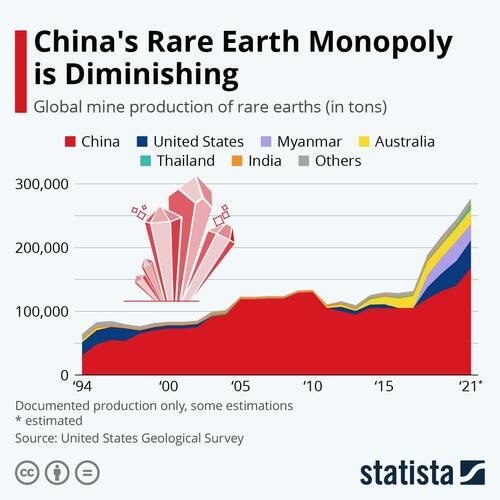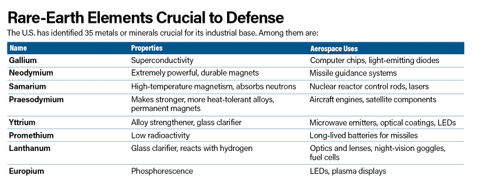Rolling blackouts, freezing homes and skyrocketing electricity prices. A few decades ago, power outages in vast swathes of the United States were relatively rare and would normally be seen as black swan events. Unfortunately, mass blackouts have now become a regular feature of modern American life. Power outages have increased 64% from the early 2000s while weather-related outages have soared 78%. According to one analysis, the United States now records more power outages than any other developed country, with people living in the upper Midwest losing power for an average of 92 minutes every year compared to just 4 minutes in Japan.
Climate change and extreme weather events are largely to blame for this sad state of affairs. But the U.S. is not an exceptional case, with Europe feeling the adverse effects of a rapidly changing climate just as keenly as, if not worse than, the U.S. A closer look at the problem reveals that one fuel could be at the center of the conundrum: natural gas.
Over the past two decades, the shale revolution unlocked a deluge of cheap natural gas, and made it easier for the country to transition from coal-fired generation to natural gas plants. Indeed, natural gas is widely touted as the ‘bridge fuel’ as the world gradually moves away from coal as the primary fuel used to generate electricity to renewables thanks to natural gas having a much cleaner emissions profile than coal. Gas now makes up ~41% of U.S. power generation, more than double its share in Europe’s energy mix at 19.6%.
The harsh reality is that natural gas plants, even relatively modern ones, are proving to have the worst failure rate when faced with extreme weather compared with other generation methods. During last year’s Arctic Blast, gas units accounted for 63% of the failures while representing just 44% of the total installed capacity. The country’s vast network of gas plants and pipelines--the largest in the world--and the regulations that govern them simply were never designed or built without the realities of extreme weather in mind. Gas facilities aren’t uniformly winterized, with many relying on single gas pipelines for supply. Meanwhile, many generators lack the ability to burn an alternate fuel or keep back-up gas on hand in case of emergencies.
More alarmingly, even the best gas generating facilities are showing a large degree of vulnerability. PJM Interconnection LLC is the operator of the country’s largest power grid, serving 65 million people in 13 states and Washington, DC, or about a fifth of Americans. The firm’s grid is generally considered to be one of the most reliable in the country thanks to its ample operating reserves and rich shale gas deposits. During the winter blast on Dec. 23, 2022, PJM called a “maximum generation emergency action,” meaning standby plants were supposed to run ramp up to full power. Whereas nearly 20% of those gas plants ran at 100% or more for at least an hour, more than 20% never got above even half capacity while many dropped to 0% output at some point during the emergency. PJM spokesperson Susan Buehler has conceded that generation performance during the storm “was not acceptable,” and added, “What we need, and what we are working on with all of our stakeholders, regulators and policymakers, is for all of our resources to perform when called upon.”
Mind you, PJM actually performed better than many neighboring grids, many of which reported widespread electricity interruptions or blackouts, leaving one to wonder how the country’s multiple, highly fragmented and aging grids will manage to stay afloat as Americans continue to consume ever increasing amounts of electricity. During the crisis, a large number of new-model combined-cycle gas plants failed, with some reporting mechanical issues, failures to start due to according to people familiar with the operations and official filings. Others couldn’t get the fuel frozen wells, falling pipe pressure or compressor station failures. Others failed to get gas because they are supplied by utility pipelines that prioritize households and businesses first.
“That’s a crisis that’s coming. It’s coming a lot closer and a lot nearer and a lot faster than even I thought a year ago when I first said we’re facing a reliability crisis,’’ Mark Christie, a member of the Federal Energy Regulatory Commission, has told Bloomberg.
More Renewables And Grid Upgrades
Some experts suggest that extending the existing gas infrastructure can help solve the problem. Many, however, believe that grid upgrades and incorporating more renewable energy is the long-term solution.
For decades, the United States has been relying on an aging electrical grid that's increasingly unstable, underfunded and incapable of taking us to a new energy future. Despite being the wealthiest country in the world, the U.S. only ranks 13th in the quality of its infrastructure.
Indeed, our power grid is the weakest link in the ongoing energy transition.
A study by UC Berkeley and GridLab found that it will be economically feasible for renewable energy to power 90% of a reliable grid by 2035, while only depending on natural gas for 10% of annual electricity production. Unfortunately, whereas renewable power sources have grown dramatically in recent years, our aging electrical grid is simply incapable of fully integrating them into our energy use, leading to so much potential power wasted.
But, as is usually the case, the biggest challenge remains funding: a Wood Mackenzie analysis has estimated it would cost a staggering $4.5 trillion for the US. to fully decarbonize, including constructing and operating new generation facilities; investing in transmission and distribution infrastructure, making capacity payments, delivering customer-facing grid edge technology and more. Suddenly, the $13 billion that the Biden-Harris Administration, through the U.S. Department of Energy (DOE), has allocated to upgrading the national grid looks puny.
By Alex Kimani for Oilprice.com

